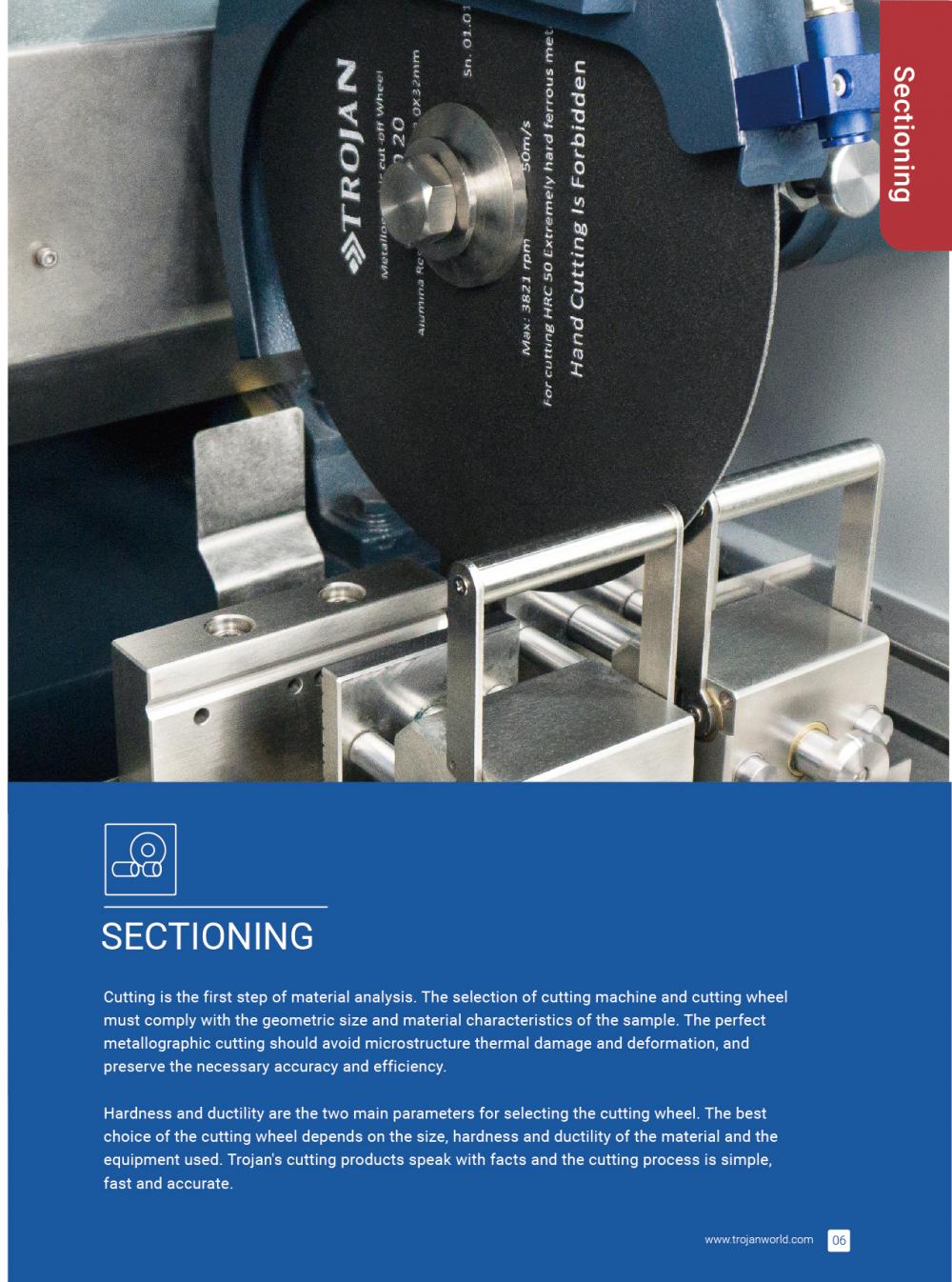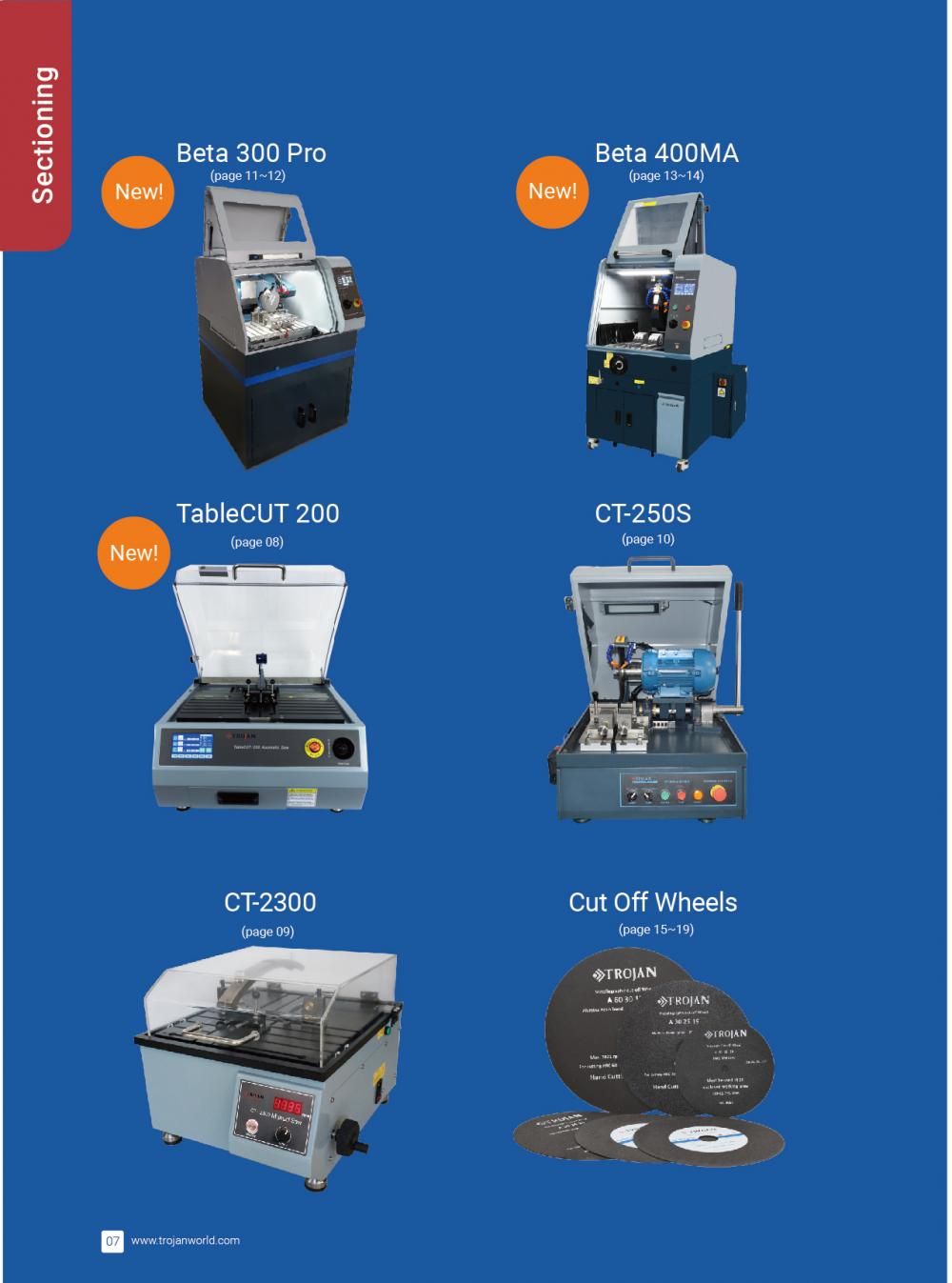1.1 Guidelines for Emergency Training, Training, and Exercises and Basic Tasks The guiding ideology for emergency training, training, and exercises should be based on the principle of strengthening the foundation, highlighting the key points, and training while practicing.
The basic tasks of emergency training, training and drills are to exercise and improve the team's rapid rescue and blocking of sources in the event of a sudden accident, timely rescue of the wounded, correct guidance and help for the protection or evacuation of the people, effectively eliminate the harmful consequences, carry out on-site emergency treatment and transfer of the wounded. Such emergency rescue skills and the sum total of emergency response quality can effectively reduce accident hazards and reduce accident losses.
1.2 Emergency Training
1.2.1 Emergency Training Plan
1.2.2 Demand Analysis
1.2.3 Course Design
1.2.4 The basic content of emergency training
1.2.4.1 Alarm
1.2.4.2 Evacuation
1.2.4.3 Fire Emergency Training
1.2.4.4 Training for different levels of emergency responders A Primary level of consciousness responder B Primary level operational respondent C Dangerous material specialist level emergency responder D Dangerous matter expert level emergency responder E Emergency command level emergency responder
1.2.5 Special Emergency Training The basic emergency training provides emergency training for general accident injuries. However, once an accident occurs, the emergency team members are likely to be exposed to various special accident risks such as chemical and physical injuries, radioactivity, and bacterial infection. The general emergency skills are far from enough to protect the life safety of the emergency team members. Therefore, they must be given emergency training for the hazards of such special accidents.
1.2.5.1 Exposure to chemicals
1.2.5.2 Restricted Space Rescue
1.2.5.3 Pathogen Infection
1.2.5.4 Boiling liquid expansion steam explosion
1.3 Emergency Rescue Training and Exercises
1.3.1 Training and Exercise of Emergency Rescue Training and exercises are designed to simulate actual emergency situations as much as possible and to achieve the following goals:
(1) Disadvantages of exposing plans and procedures before accidents occur
(2) Identification of scarce resources (including manpower and equipment)
(3) Improve coordination among various responders, departments and agencies
(4) Obtaining public recognition and confidence in the ability of enterprise emergency management
(5) Enhancing the proficiency and confidence of emergency responders
(6) Define each individual's position and responsibility
(7) Make efforts to increase cooperation and coordination between emergency plans for enterprises and government and community emergency plans
(8) Improve overall emergency response capabilities
1.3.2 Training exercises and types of emergency training mainly include: (1) basic training (2) professional training (3) tactical training (4) self-selected training
The types of exercises are: (1) individual exercises (2) combination exercises (3) full exercises or comprehensive exercises
1.3.3 Training Preparation and Planning
1.3.3.1 Analysis of Necessity
1.3.3.2 Training Plan The planning process includes the following steps: (1) Determine the scope (2) Choose the type of training (3) Determine costs and responsibilities (4) Purpose (5) Optimization goals
1.3.3.3 Determining the scope A Determining the operating procedure B Participating in the organization C Personnel D Type of danger (1) Danger Must be specific (2) Determining the degree of risk E Geographical area F Reality
1.3.3.4 Select training type After completing the above analysis, select training type
1.3.4 Organization and Preparation of Exercises
1.3.4.1 The main duties of setting up a drill committee are: (1) Determine the purpose, principles, scale, and units participating in the exercise (2) Coordinating the relationships among participating units (3) Determine the implementation plan, scenario design, and disposal of drills Plan, review preparation exercise plan, director and adjustment plan (4) Examine and guide exercise preparation and implementation, resolve major issues during preparation and implementation (5) Summary and evaluation of organization exercises
1.3.4.2 Document clarifying the exercise
1.3.4.3 Review of the drill
1.3.4.4 Computer Simulation
1.4 The main purposes of assessment and assessment are: (1) Identification of deficiencies in emergency plans and procedures (2) Identification of training and personnel needs (3) Determination of adequacy of equipment and resources (4) Determination of whether training, training, and exercises have reached expectations aims
1.4.1 Assessment of Training and Exercises Training and assessment of exercises can be divided into three phases: (1) review by assessors (2) report by participants (3) corrections for training and exercises
1.4.2 Assessment report The assessment report shall include: (1) Training or drill summaries, including comments on goals, objectives and scenarios (2) Summary of major deviations/defects (3) Recommendations and corrective actions (4) Complete these corrective actions Schedule
1.4.3 Matters needing attention for emergency training and exercises (1) Special teams can be set up to take charge of the design, supervision and evaluation of training and exercises. (2) The person in charge should have complete training and drill records as evaluation and formulation of the next step. The plan's reference materials (3) may invite non-trained sector emergency personnel to participate in, providing reference for the evaluation of training, exercise process and results. (4) Training and exercises should be avoided to interfere with production and social life.
Metallographic Cutting Machine
Easy to set up using an intuitive user interface that requires almost no training
The simple user interface and color display make operation very simple. No complicated menu. Use multi-function knob to set parameters, joystick to quickly position the workpiece, and automatically adjust the height of the cutting wheel. Yes, that's it.
The relocation of the workpiece is replaced by automatic X - axis movement
Thanks to optional X-axis movement, a series of cuts can be performed without wasting time repositioning the workpiece. The cutting table can be moved 40 mm, and the user can choose up to four sliders of different thickness.
With the help of a locator laser, the position can be reached on the first attempt
Positioning can be time-consuming, but Secotom uses a positioning laser to point out where to cut, and positioning becomes a breeze. The combination of laser and joystick enables easy positioning.
Cutting in a variety of sizes and shapes with the ultimate flexibility of the movable T-slot cutting table
Secotom's cutting table provides extreme precision and flexibility for a variety of sizes and shapes. Capable of cutting large and deep workpieces (up to 70 mm/2.8 "in diameter or 165 x 50 mm/6.5" x2 "in size). The cutting table is equipped with 8 mm T-groove, and users can choose from a variety of fixtures that are most suitable for their cutting operations and can achieve the highest accuracy of the toola

Metallographic Cutting Machine,Metallurgical Abrasive Cutting Machine,Metallographic Cutter,Metallographic Sample Cutting Machine
TROJAN (Suzhou) Technology Co., Ltd. , https://www.trojanmaterial.com